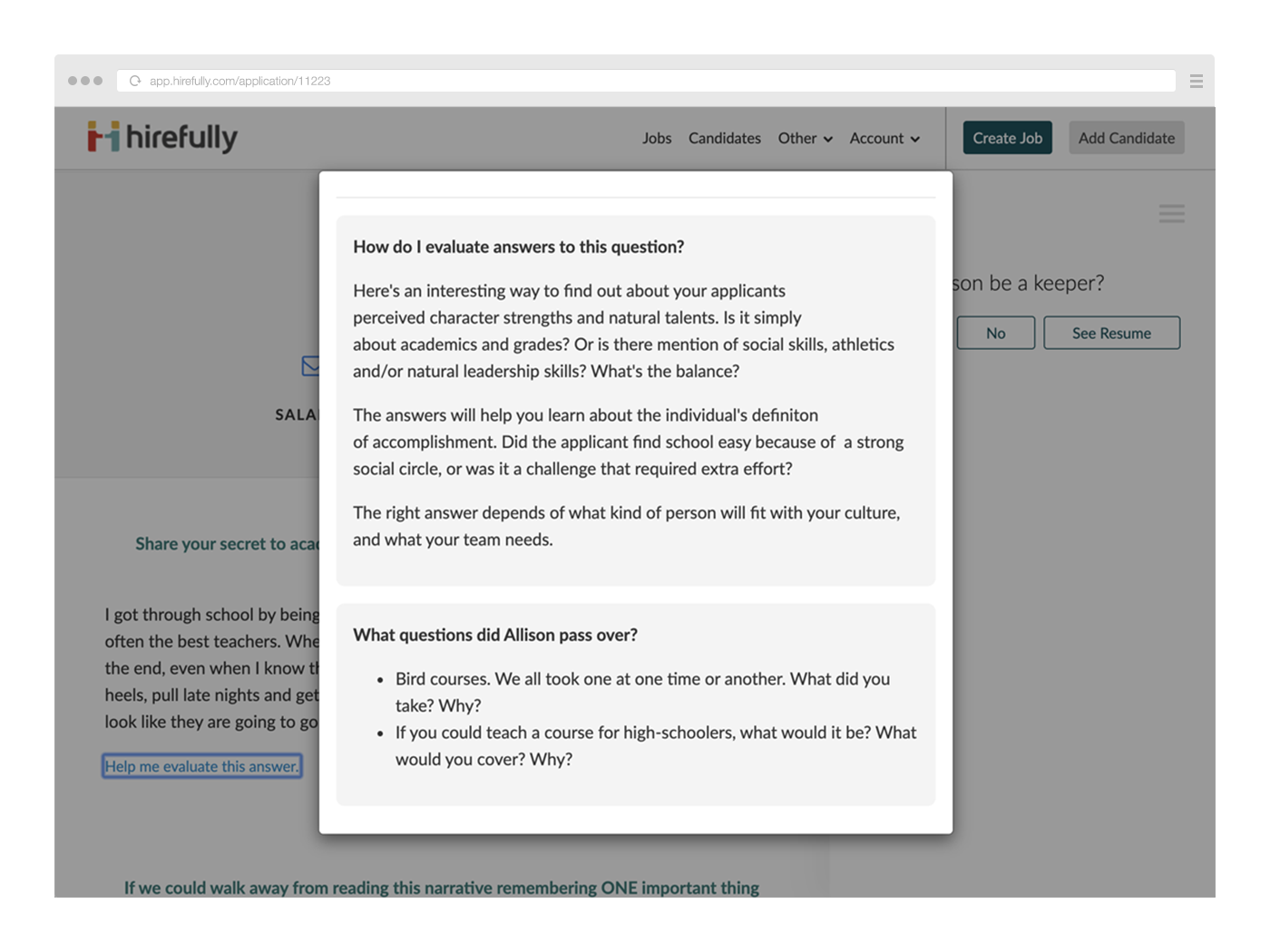User Research
Why do startups fail?
In a post-mortem of over 100 failed startups, when asked why their companies didn’t take-off, “not having the right team” was the third most frequently cited reason given by SMB leaders. The importance of a great team is widely understood – it’s just not clear how to actually build one.






